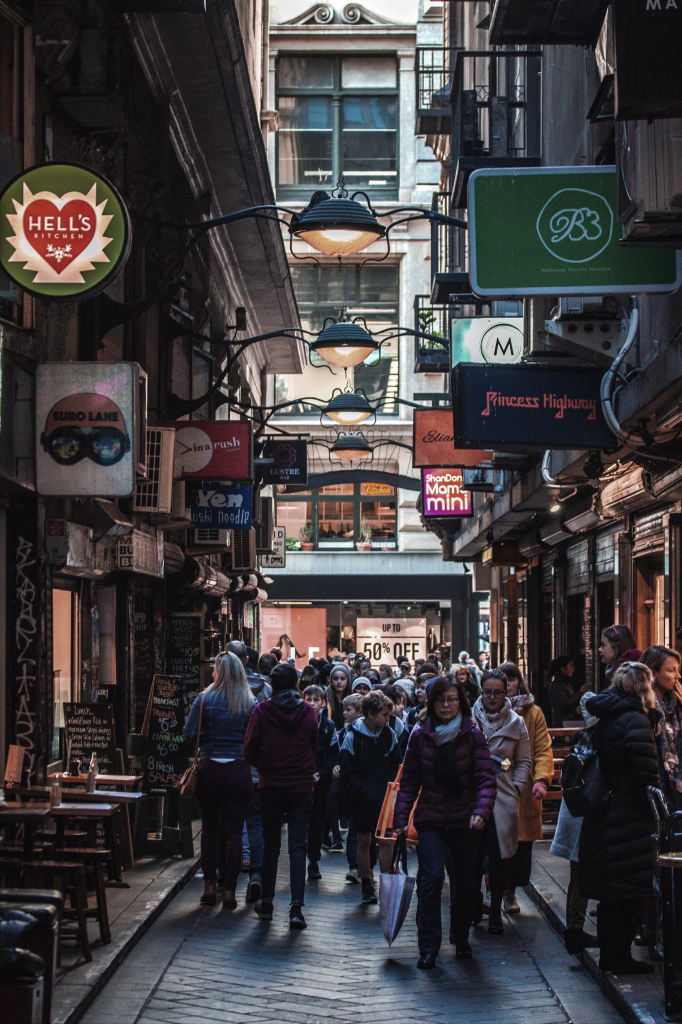Melbourne, known for its vibrant cultural scene, iconic coffee culture, and dynamic urban lifestyle, is one of Australia’s most rapidly growing cities. Each year, more people are drawn to Melbourne for its job opportunities, educational institutions, and high quality of life.

Understanding the population trends of Melbourne can offer insights into its development, infrastructure needs, and social fabric. This article explores Melbourne’s current population in 2024, factors influencing its growth, and the city’s future population projections.
How Many People Live In Melbourne In 2024?
So, how many people live in melbourne? As of 2024, Melbourne’s population is estimated to be around 5.3 million people, making it one of the largest cities in Australia. The city has experienced significant growth over the past few decades, with recent increases largely due to both natural population growth and migration.
Melbourne’s diverse demographics reflect a mixture of long-standing residents, international immigrants, and interstate movers drawn by the city’s job market and lifestyle. Its multicultural makeup brings a unique flavour to the city, influencing its cuisine, festivals, and arts.
Factors Driving Population Growth
Melbourne’s growth is not solely due to high birth rates; a major factor has been international migration. Over the last decade, Melbourne has become a hotspot for immigrants from various parts of the world, particularly Asia and Europe.
The city’s commitment to inclusivity and opportunity, alongside its reputation for top-tier universities, draws a substantial number of international students, many of whom choose to stay after completing their education.
This student influx not only boosts the economy but also brings youthful energy and innovation to the city’s social and entrepreneurial scenes.
In addition, interstate migration has contributed to Melbourne’s expanding population. People from other Australian states often relocate to Melbourne for its appealing work-life balance, cultural offerings, and economic opportunities.
With Melbourne projected to surpass Sydney as Australia’s largest city within the next decade, it’s no surprise that the city remains a key player in the country’s urban landscape.
The Impact Of Population Growth On Infrastructure And Housing
Melbourne’s booming population poses several challenges for the city, notably in terms of infrastructure and housing. As more people move to Melbourne, there is increased demand for housing, transport, education, and healthcare facilities, which can put pressure on the city’s resources.
Housing Market Pressures
The demand for housing in Melbourne has led to a noticeable increase in housing prices, especially in popular inner-city suburbs like Carlton, Fitzroy, and Southbank. Despite efforts by the government to introduce affordable housing initiatives, property prices remain a barrier for many first-time buyers and renters.
The affordability crisis has pushed some residents to seek housing further away from the central business district (CBD), leading to the rise of suburban areas as viable alternatives. However, commuting times increase with distance, impacting the overall quality of life for some residents.
Melbourne’s government has been working on solutions to address these challenges by expanding urban areas, rezoning land, and promoting sustainable housing developments.
Initiatives such as high-density housing and transit-oriented developments aim to accommodate a larger population within a limited urban footprint while minimizing environmental impact.
These projects are intended to provide affordable housing options while also reducing traffic congestion and pollution through improved public transportation.
Transportation And Infrastructure Expansion
With an increasing population, Melbourne’s public transportation and road infrastructure face high demand. The city’s existing public transport system includes trains, trams, and buses, but many routes, especially in the outer suburbs, remain overcrowded during peak hours.
To accommodate the growing population, the Victorian government has invested in significant infrastructure projects, including the Metro Tunnel, which is set to increase capacity and reduce travel times for commuters travelling to and from the CBD.
The Suburban Rail Loop, a project currently under development, is expected to transform Melbourne’s public transport network by connecting key suburban hubs and offering residents more convenient travel options without needing to pass through the city centre.
By enhancing these transport networks, Melbourne aims to reduce car dependency and provide sustainable, accessible mobility options for its residents.
In addition to public transport, Melbourne’s road networks have been expanded to address growing traffic congestion. However, maintaining a balance between car-friendly infrastructure and promoting public transportation remains a challenge.
As more people move to Melbourne, the city’s goal is to create a comprehensive transportation network that meets the needs of a diverse and expanding population.
Future Projections: Melbourne’s Population In 2030 And Beyond
Melbourne’s population growth is expected to continue, with projections estimating that the city could exceed 6 million residents by the early 2030s.
This growth trajectory is influenced by factors such as a stable economy, high-quality education, and its appeal as an international city. While rapid growth offers economic benefits, it also requires careful planning to ensure sustainable development.
Environmental And Social Sustainability Initiatives
As Melbourne’s population increases, sustainability has become a key priority. The city has set ambitious targets for reducing its carbon footprint, with initiatives aimed at promoting renewable energy sources, reducing emissions, and enhancing green spaces.
Melbourne has also introduced measures to limit urban sprawl, preserving agricultural land and natural habitats surrounding the city. Sustainable urban design principles are being implemented in new developments to ensure that as the city expands, it remains livable and eco-friendly.
Melbourne’s commitment to environmental sustainability is evident in its expansion of bike lanes, pedestrian-friendly areas, and energy-efficient buildings. These green infrastructure initiatives aim to improve the city’s resilience to climate change while enhancing the quality of life for residents.
The city’s green spaces, such as the Royal Botanic Gardens and Albert Park, play a crucial role in providing recreational areas for residents and maintaining biodiversity within the urban environment.
Economic Growth And Employment Opportunities
Melbourne’s growing population presents economic advantages, particularly in job creation and consumer spending. The influx of new residents fuels demand across various industries, including construction, healthcare, education, and retail.
Furthermore, the city has positioned itself as a technology and innovation hub, with numerous startups and tech companies establishing a presence in Melbourne.
As Melbourne’s population grows, the city is expected to continue its trend toward economic diversification. Sectors such as advanced manufacturing, biotechnology, and finance are likely to see further expansion.
However, achieving inclusive growth will require strategic planning to ensure that all residents have access to quality jobs, healthcare, and education.
The Victorian government is focused on creating policies that support both economic growth and social equity, ensuring that Melbourne remains an attractive and accessible city for people from all walks of life.
Conclusion
Melbourne’s population growth in 2024 reflects its enduring appeal as a vibrant, multicultural, and economically prosperous city. With a population of approximately 5.3 million people, Melbourne continues to attract residents from within Australia and around the world.
This growth brings challenges, especially in areas like housing affordability, infrastructure, and sustainability.
However, the city’s ongoing investments in public transport, housing initiatives, and environmental programs demonstrate a commitment to accommodating its expanding population without compromising the quality of life for its residents.
Looking ahead, Melbourne’s future as Australia’s largest city appears likely, as it continues to grow and innovate in response to the needs of its residents.
The city’s focus on sustainable development, economic diversification, and community well-being provides a promising outlook for its role on the global stage.
While population growth requires thoughtful management, Melbourne’s dynamic spirit and proactive planning make it well-equipped to thrive as a leading metropolis for years to come.


Leave a Reply